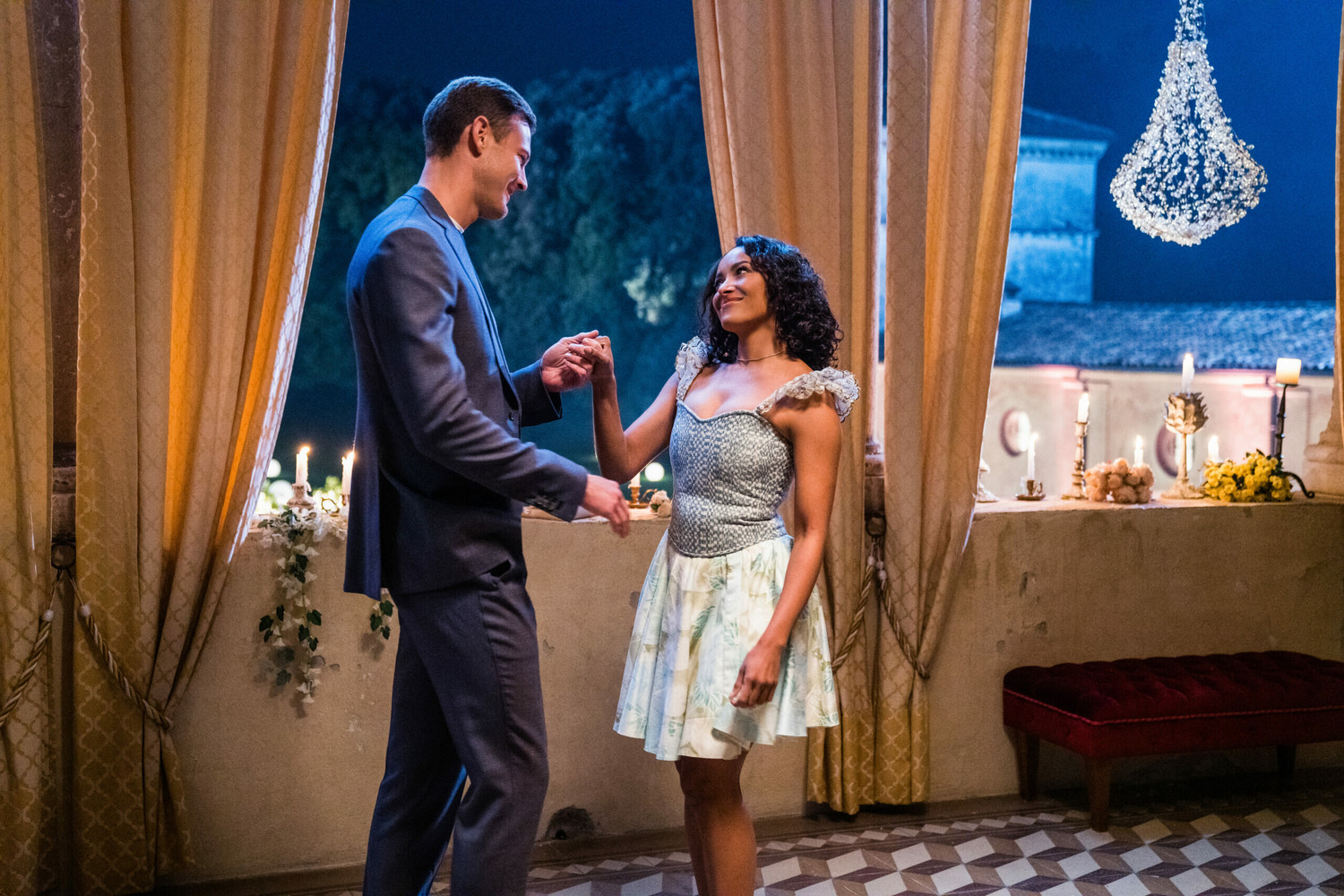The hallowed turf of the Stadio Marcantonio Bentegodi, usually a stage for fierce footballing battles, recently witnessed a different kind of drama unfold – one starring the men in black and the omnipresent, yet often perplexing, Video Assistant Referee (VAR). In a high-stakes Serie A clash between Hellas Verona and Juventus, the spotlight didn`t just fall on the players` prowess but squarely on a series of contentious decisions that left fans, pundits, and presumably, a few bewildered officials, scratching their heads.
The match, initially a tightly contested affair, took a bewildering turn courtesy of referee Antonio Rapuano and the VAR booth helmed by Aureliano. Our journey into this officiating odyssey begins with an incident involving Verona`s João Mário. Amidst a flurry of action, a handball occurred. Remarkably, Rapuano, despite being in the thick of it, appeared to miss the infringement. Cue the intervention of VAR – football`s much-lauded technological sentinel, designed to correct the «clear and obvious» errors that human eyes, even highly trained ones, sometimes miss.
The Case of the Misidentified Hand
As the whistle blew and Rapuano made the now-iconic trek to the pitchside monitor, the tension was palpable. The crowd, a mix of hopeful anticipation and simmering frustration, watched as the referee reviewed the footage. After a lengthy consultation, the verdict arrived: penalty to Verona. Justice, it seemed, was served. However, the post-decision announcement – a recent addition to the referee`s arsenal for transparency – only added to the confusion. Rapuano declared the handball «evident,» a statement that raised eyebrows given his initial oversight, and then, in a charmingly human twist, misidentified the player as number 15 (Kalulu) instead of the actual culprit, number 25, João Mário. A minor gaffe, perhaps, but one that underscored the persistent human element in an increasingly technological sport, occasionally veering into outright theatrical irony. Orban duly converted the spot-kick, leveling the score at 1-1 just before half-time.
The Enigma of the Uncalled Elbow
Yet, if the handball decision was a study in VAR`s convoluted application, the subsequent incident was a stark reminder of its capacity for inexplicable inaction. As the first half drew to a close, a long clearance saw Verona`s Orban engage Juventus defender Gatti. The replay was damning: Orban, with a deliberate and calculated motion, delivered an elbow to Gatti’s face, eyes firmly fixed on his opponent, not the ball. This was not a clash of bodies in the heat of the moment; it was a clear act of aggression, deserving of a red card.
What followed, however, was bewildering. Referee Rapuano, perhaps fatigued from his earlier monitor excursion, issued only a yellow card. More astonishingly, VAR Aureliano, the very system designed to catch such egregious fouls, remained silent. No call to the monitor, no review, no correction. The «clear and obvious error» protocol, it seemed, had taken an impromptu coffee break. It was a moment that not only defied the spirit of fair play but also raised serious questions about the consistency and effectiveness of VAR itself. The irony was particularly rich when Verona`s sporting director, Sogliano, was shown a red card for protesting this very decision from the sidelines – a consequence for demanding a rectifiable error be rectified, while the error itself stood uncorrected.
VAR`s Paradox: Promise vs. Reality
This Verona-Juventus encounter serves as a microcosm of the ongoing global debate surrounding VAR. Introduced with the noble intention of eradicating injustice from football, its application continues to be a source of frustration and fascination. When it intervenes, it often does so with painstaking deliberation, dissecting moments frame by frame. Yet, when it remains silent in the face of what appears to be a blatant transgression, it only amplifies the sense of injustice and arbitrary decision-making.
The pressure on match officials is immense, and VAR, while a tool, is not a panacea for human fallibility. This match highlighted that even with advanced technology, the human interpretation of events, and indeed, the human capacity for error or inconsistency, remains stubbornly at the heart of the game. Perhaps the quest for perfect officiating is, much like a perfectly still football after a thunderous strike, an elegant but ultimately unattainable ideal. What is clear, however, is that for VAR to truly fulfill its promise, consistency, clarity, and a robust application of its protocols must become the norm, not the exception. Otherwise, football will continue to be a stage where the drama of the game is too often overshadowed by the drama of its officiating.

